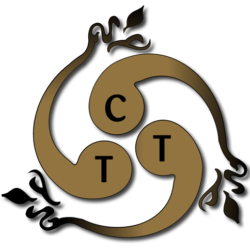THERE IS NO AGREED DEFINITION of the state of mind called hypnosis, and in our present state of knowledge, a scientific explanation is not possible. But, the ways in which hypnosis differs from the “normal” condition of awareness can be described.
DESCRIPTION OF HYPNOSIS
- Attention is focused on internal events. This occurs naturally in everyday life.
- There is a diminution or loss of interest in and conscious awareness of external realities.
- There is increased responsiveness to internally generated realities, often showing itself in ideo-motor/ideo-sensory responses. So Hypnosis is not sleep. REM – Rapid Eye Movement.
- All hypnosis is self-hypnosis, but a hypnotist can guide a willing subject into it.
- A Hypnotist in rapport with the subject: can guide and stimulate awareness of internal events in ways, which elicit the vivication of memories, thoughts, feelings and mislaid abilities.
- Hypnosis does now create new abilities, but enables existing capacities to be used in new ways. In itself Hypnosis is not a therapy, but a tool of therapy.
- Hypnosis does not turn subjects into robots and subjects will reject suggestions unacceptable to their personalities.
- Subjects respond to the Hypnotic process and to suggestions in their own creative and unique ways and in the light of their personal understandings, experiences and abilities.
- In the normal waking state, the conscious mind is in control and, whilst maintaining a useful watch on external realities, also imposes all kinds of biases, pre suppositions, prejudices, rigidities, repressions, distortions, and fixed patterns of beliefs, thoughts, feeling and behaviour.
- In the hypnotic state the limitations of the conscious mind are set aside for a time and the unconscious mind becomes more literal and child like pattern of response, an increased availability of thoughts and memories previously hidden from awareness, and a greater openness to new concepts and behaviours.
- The hypnotic state can be used to obtain Post-hypnotic responses and can facilitate such phenomena as positive and negative hallucination amnesia, regression, automatic drawing and writing, and time distortion. Like trance, however, all these phenomena occur naturally in everyday life.
- The deliberate induction of hypnotic trance and the bringing out of desired phenomena usually requires some learning on the part of the subject.
- Any normal and willing person can be Hypnotised provided that there is adequate motivation and that the personal needs and idiosyncrasies of the individual subject are acknowledged and met. This does not necessarily mean that any hypnotist can hypnotise everybody he meets.
- No special powers are required to be a Hypnotic, and practically anyone can learn the relevant skills to some degree.
- Although there are some typical trends, everybody manifests Hypnotic trance and responds to suggestions in his or her unique way.

